Related Research Articles

The University System of Georgia (USG) is the government agency that includes 26 public institutions of higher learning in the U.S. state of Georgia. The system is governed by the Georgia Board of Regents. It sets goals and dictates general policy to educational institutions as well as administering the Public Library Service of the state which includes 58 public library systems. The USG also dispenses public funds to the institutions but not the lottery-funded HOPE Scholarship. The USG is the sixth largest university system in the United States by total student enrollment, with 333,507 students in 26 public institutions. USG institutions are divided into four categories: research universities, regional comprehensive universities, state universities, and state colleges.
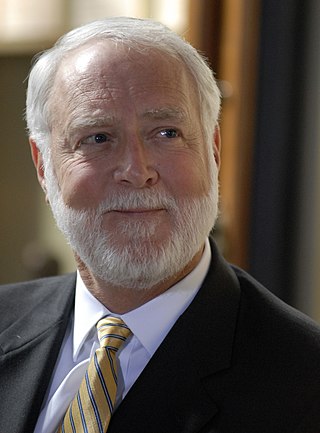
Gerald Wayne Clough is President Emeritus of the Georgia Institute of Technology and former Secretary of the Smithsonian Institution. A graduate of Georgia Tech in civil engineering, he was the first alumnus to serve as President of the Institute.
The Georgia Tech Research Institute (GTRI) is the nonprofit applied research arm of the Georgia Institute of Technology in Atlanta, Georgia, United States. GTRI employs around 2,400 people, and is involved in approximately $600 million in research annually for more than 200 clients in industry and government.

The Marcus Nanotechnology Building (MNB) is a Georgia Institute of Technology facility. The building was constructed on the site of the Electronics Research Building, the former home of GTRI's Information and Communications Laboratory. It was opened on April 24, 2009, as the Marcus Nanotechnology Research Center, a name it held until October 2013.
The Georgia Tech Research Corporation (GTRC) is a contracting organization that supports research and technological development at the Georgia Institute of Technology.
Joseph Mayo Pettit was an engineer who became dean of the Stanford University School of Engineering from 1958 to 1972, and president of the Georgia Institute of Technology from 1972 to 1986.
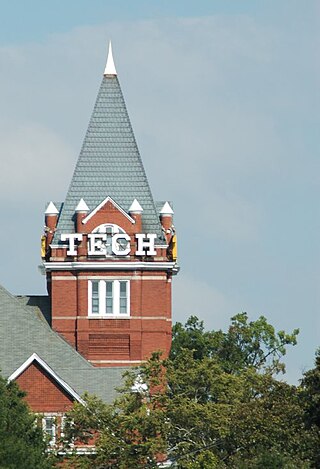
The Lettie Pate Whitehead Evans Administration Building, commonly known as Tech Tower, is a historic building and focal point of the central campus of the Georgia Institute of Technology in Atlanta, Georgia, United States.
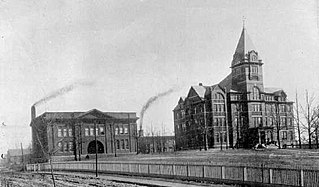
The history of the Georgia Institute of Technology can be traced back to Reconstruction-era plans to develop the industrial base of the Southern United States. Founded on October 13, 1885, in Atlanta as the Georgia School of Technology, the university opened in 1888 after the construction of Tech Tower and a shop building and only offered one degree in mechanical engineering. By 1901, degrees in electrical, civil, textile, and chemical engineering were also offered. In 1948, the name was changed to the Georgia Institute of Technology to reflect its evolution from an engineering school to a full technical institute and research university.
The Georgian National Centre of Manuscripts, located in Tbilisi, Georgia, is a repository of ancient manuscripts, of historical documents and of the private archives of eminent public figures. The centre was established on 30 June 1958 on the basis of the collection in the Department of Manuscripts at the Georgian National Museum. The founder and the first director of the Institute was Professor Ilia Abuladze, a Corresponding Member of the Georgian Academy of Sciences. The collection of the National Centre of Manuscripts comprises manuscripts, historical documents, early printed books, rare publications and heirlooms. The Centre carries out various projects related to scientific research, exhibitions and restoration. Specialists working at and with the Centre engage in the description, systematization, study and publication of the material housed at the Centre, as well as in the production of data bases dealing with this material. The Centre also has rich academic library and includes rooms dedicated in memory of Korneli Kekelidze, Ivane Javakhishvili, Ilia Abuladze, Niko Berdzenishvili, Elene Metreveli and Shalva Amiranashvili.

Brittain Dining Hall is the primary dining hall of East Campus at the Georgia Institute of Technology. Dedicated in name of Marion L. Brittain, it serves as the primary dining location for all Freshman Experience and Area II housing residents. It is located between Techwood Drive and Williams Street, facing Bobby Dodd Stadium to its west.
William Harry Vaughan, Jr. was a professor of ceramic engineering at the Georgia School of Technology and the founder and first director of what is now the Georgia Tech Research Institute.
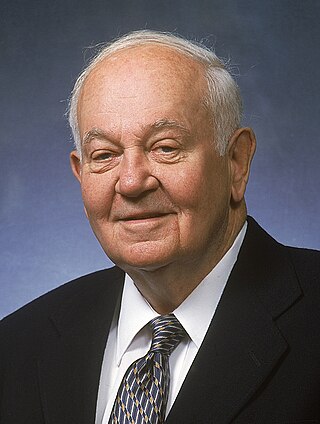
Glen Parmelee Robinson, Jr., called the "father of high-tech industry in Georgia", was an American businessman and founder of Scientific Atlanta, now a subsidiary of Cisco Systems. Robinson was the first employee of Scientific Atlanta, where he remained CEO then Chairman of the company until he retired.
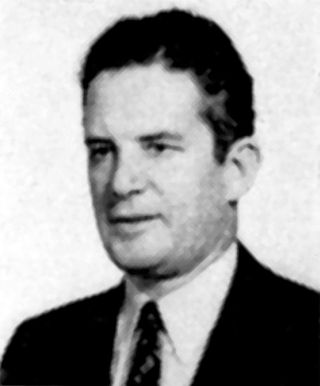
James Emory Boyd was an American physicist, mathematician, and academic administrator. He was director of the Georgia Tech Research Institute from 1957 to 1961, president of West Georgia College from 1961 to 1971, and acting president of the Georgia Institute of Technology from 1971 to 1972.

Maurice W. Long is an American electrical engineer, radar engineer, and physicist. He served as director of the Georgia Tech Research Institute from 1968 to 1975. He currently works as a part-time radar consultant, principal research engineer at GTRI and adjunct professor of Electrical Engineering at Southern Polytechnic State University.
Thomas Eugene Stelson was an American civil engineer. He was the Vice President for Research at the Georgia Institute of Technology from 1974 to 1988 and Executive Vice President (Provost) of the Institute from 1988 until 1990 when he left Georgia Tech to become a founding administrator at Hong Kong University of Science and Technology. Stelson also served as the interim director of the Georgia Tech Research Institute from 1975 to 1976. He took a leave of absence from Georgia Tech to serve as Assistant Secretary for Conservation and Solar Energy for the Carter Administration from 1980 to 1984.

The Georgia Institute of Technology is a public research university and institute of technology in Atlanta, Georgia. Established in 1885, it is part of the University System of Georgia and has satellite campuses in Savannah, Georgia; Metz, France; Shenzhen, China; and Singapore.
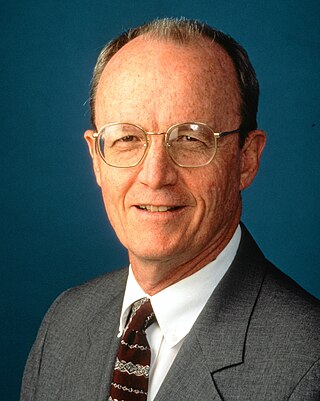
Edward K. Reedy was the director of the Georgia Tech Research Institute (GTRI) from 1998 to 2003, and correspondingly a vice president of the Georgia Institute of Technology. He first joined GTRI in 1970, and specialized in radar system development and electromagnetic scattering. Reedy held a variety of research and leadership positions within the organization, including the head of Research Operations and four years as associate director.
Homeland Open Security Technology (HOST) is a five-year, $10 million program by the Department of Homeland Security's Science and Technology Directorate to promote the creation and use of open security and open-source software in the United States government and military, especially in areas pertaining to computer security.
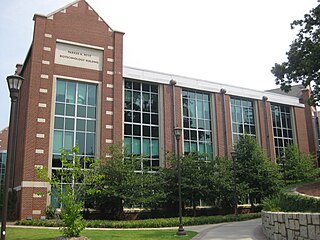
The Parker H. Petit Institute for Bioengineering and Bioscience (IBB) is one of the ten interdisciplinary research institutes at the Georgia Institute of Technology. Established in 1995, the goal of the IBB has been to centralize and accelerate Georgia Tech's bio-research efforts. The IBB is a research center for members of the Georgia Research Alliance as well as non-member institutions such as the Morehouse School of Medicine. It also serves as the headquarters for over a dozen biomedical and bioengineering centers that conduct research in areas including pharmaceuticals, cancer, heart disease, infectious diseases, and diabetes, among others.
References
- ↑ "Uncovering the science of atomic collisions". Historical Archive. Georgia Tech Research Institute . Retrieved 2013-08-18.
- ↑ "Compact radar range tests antenna performance". Historical Archive. Georgia Tech Research Institute. Archived from the original on 2011-08-16. Retrieved 2013-08-18.